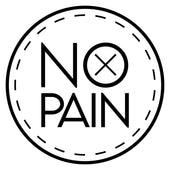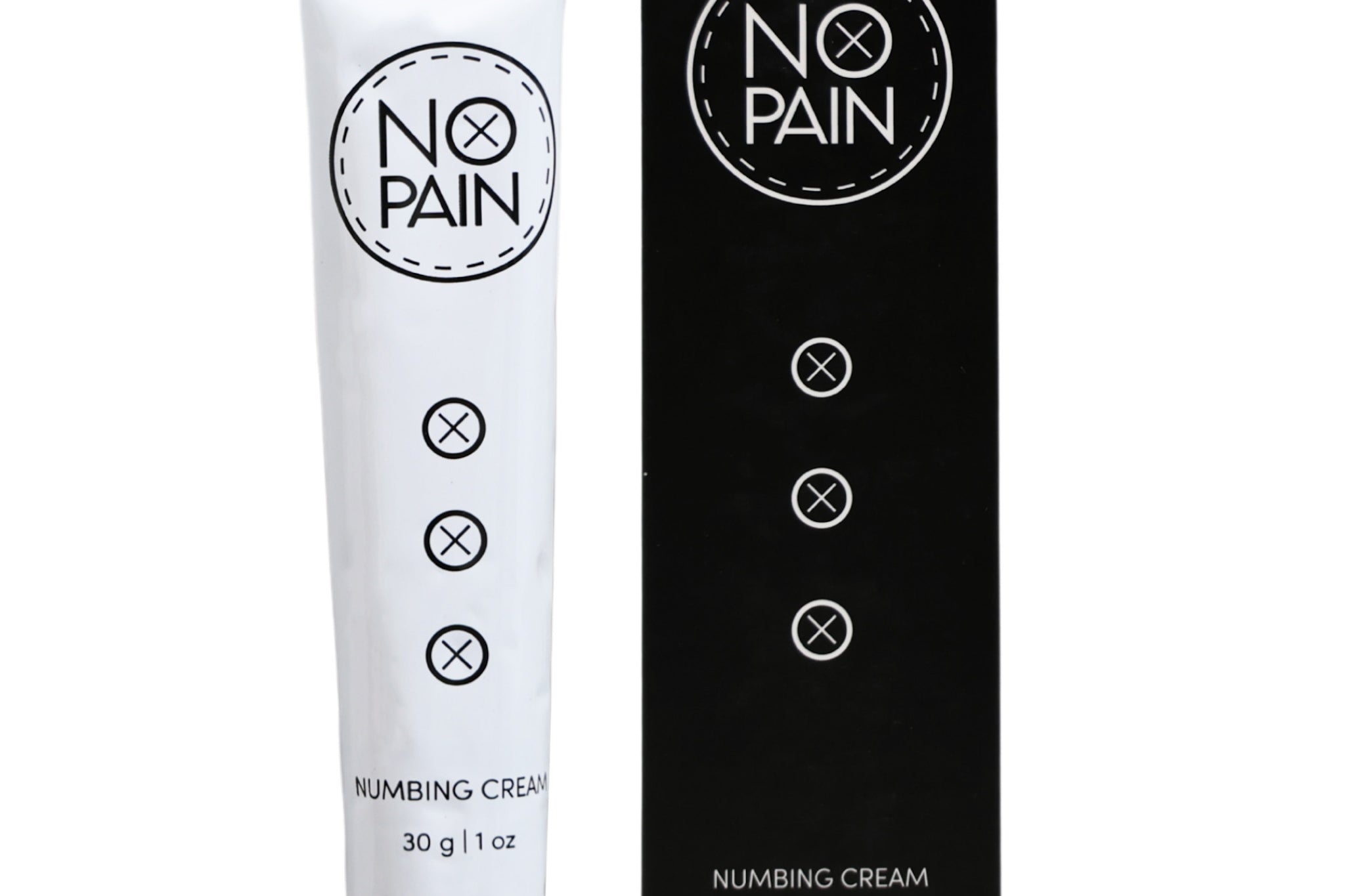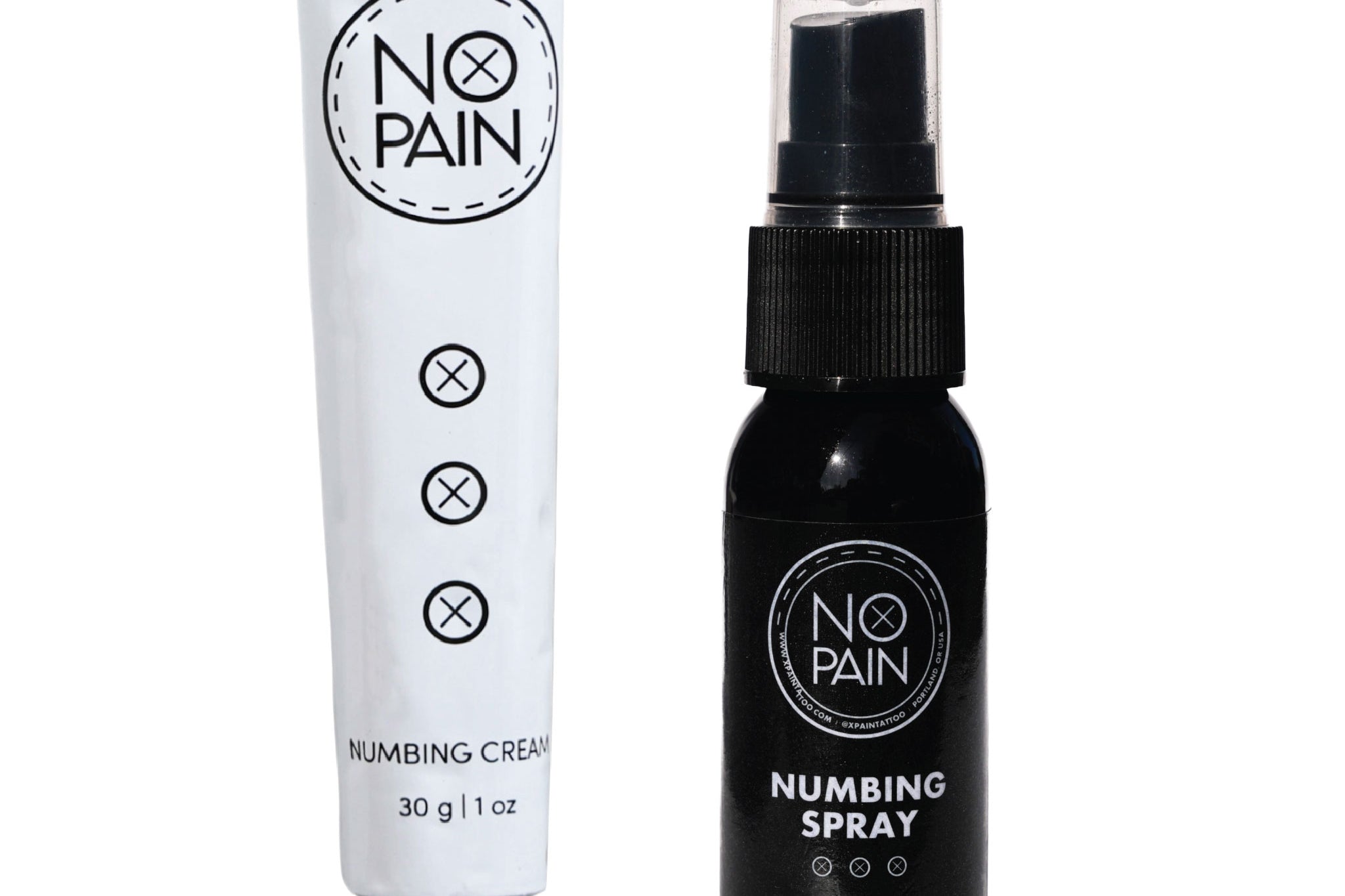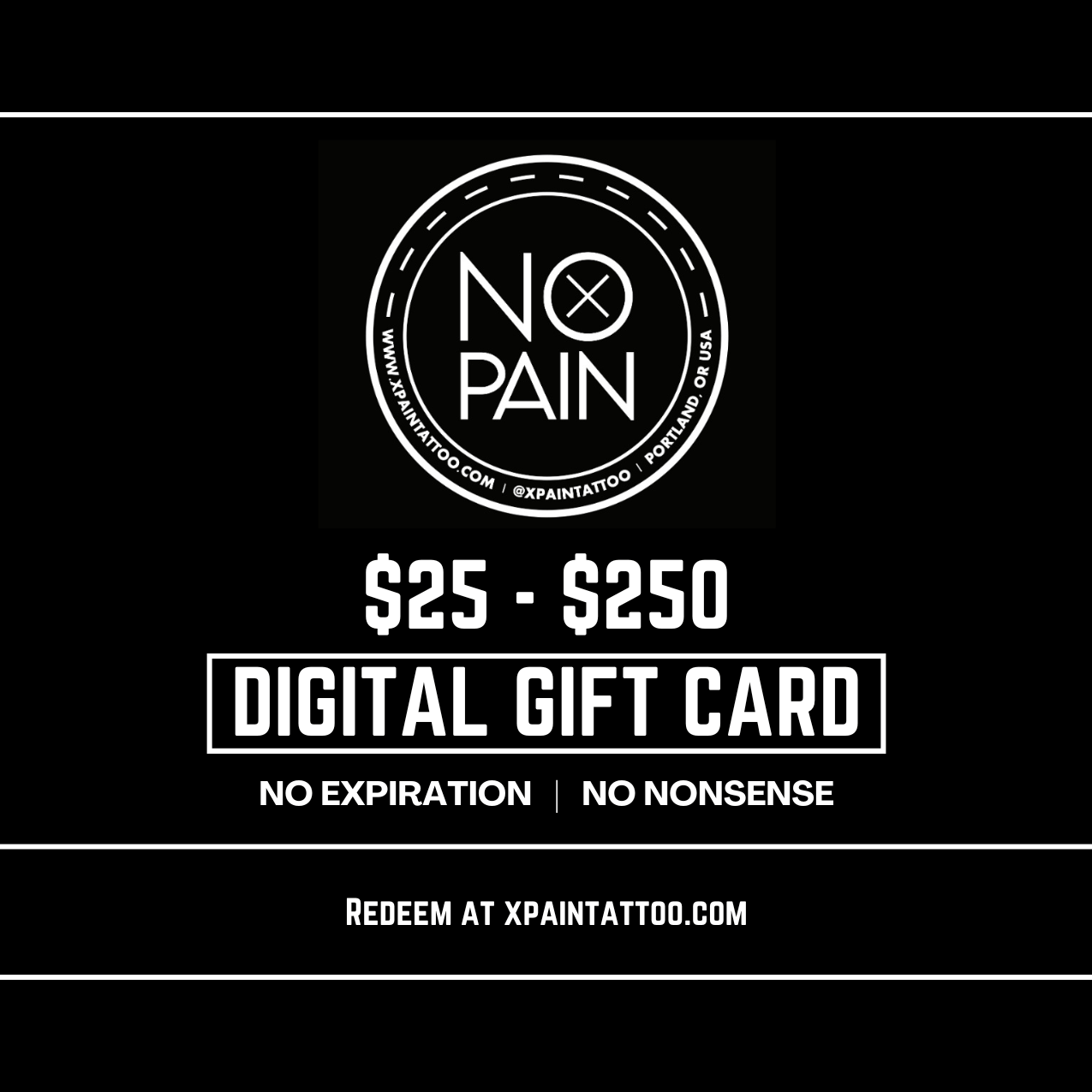You're at home inspecting your new tattoo. It's a few days old, and it's red, sore, and maybe a little weepy. A surge of anxiety hits you as your mind starts to race: "Is this normal? Or is my tattoo infected?"
This is one of the most common fears in the tattoo healing process. The good news is that most of the time, what looks scary is actually just a normal, albeit irritated, part of healing. But knowing how to spot the crucial differences between standard irritation and a developing infection can give you peace of mind and tell you when it's time to see a doctor.
Disclaimer: This guide is for informational purposes only and is not a substitute for professional medical advice. If you have any serious concerns that your tattoo is infected, contact a qualified doctor immediately.
What Normal Irritation Looks and Feels Like
First, let's establish a baseline of what a normal, healthy healing process looks like for the first week. It is, after all, a fresh wound.
You can expect to see:
-
Redness: A pinkish or reddish halo around the tattoo is normal for the first few days. It should look like a moderate sunburn, not an angry, deep red.
-
Swelling: The tattoo will be raised, and the skin around it will be puffy. This should peak within the first 48 hours and then gradually start to go down.
-
Warmth: The area will feel warm to the touch, again, similar to a sunburn.
-
Weeping: A thin, clear, or ink-tinted fluid (plasma) will ooze from the tattoo for the first day or two. This is your body's natural healing fluid.
-
Soreness: It will feel tender, like a fresh scrape or a bad bruise.
The single most crucial sign of normal healing is that all of these symptoms are slowly but consistently improving after the first couple of days.
The Red Flags of a True Infection
An infected tattoo is a different beast entirely. The symptoms do not get better; they get progressively worse. Here are the major red flags to watch for.
-
Worsening Pain, Swelling, and Redness: If the pain and swelling are actually getting worse after the third day, this is a major warning sign. The redness will often be a deep, angry red that spreads outwards from the tattoo. Red streaks leading away from the tattoo are a very serious sign and require immediate medical attention.
-
A Foul Odor or Colored Pus: This is a definitive sign of infection. Instead of the thin, clear plasma of a normal heal, an infected tattoo may produce a thick, opaque pus that is yellow or green. Any foul smell coming from the tattoo is also a bad sign.
-
Pimples or Boils: A rash of angry, pus-filled pimples or boils that forms directly on the tattoo can be a sign of a staph infection.
-
Fever and Sickness: If you have any of the above symptoms and you start to feel sick—with a fever, chills, or body aches—it's a sign the infection may be spreading systemically. See a doctor right away.
How to Soothe Irritation and Prevent Infection
99% of the time, the difference between a simple, irritated heal and a full-blown infection comes down to one thing: a great aftercare routine.
-
Soothing Normal Irritation: If your tattoo is just showing the normal signs of healing (redness, swelling, itching), the right aftercare can calm it down quickly. Our No Pain Tattoo Soothing Gel is designed for this exact purpose. Its cooling formula reduces inflammation and takes the angry "sting" out of a fresh tattoo.
-
Preventing Infection: The best way to deal with an infection is to never get one in the first place. This comes down to keeping the wound impeccably clean. Washing your new tattoo 2-3 times a day with a dedicated antimicrobial cleanser is your best defense. Our No Pain Tattoo Cleansing Foam is formulated to wash away bacteria without being harsh on your sensitive skin.
The Verdict: The bottom line is this: a healing tattoo will be irritated, but it should always be getting better. An infected tattoo will be irritated, and it will be actively getting worse.
Trust your gut. If it feels wrong, don't wait. A quick check-up with a doctor can provide peace of mind or get you the treatment you need. By committing to a high-quality aftercare routine with products like our No Pain Tattoo Aftercare Bundle, you create the best possible defense against infection and ensure your healing process stays on the "normal irritation" side of the line.




